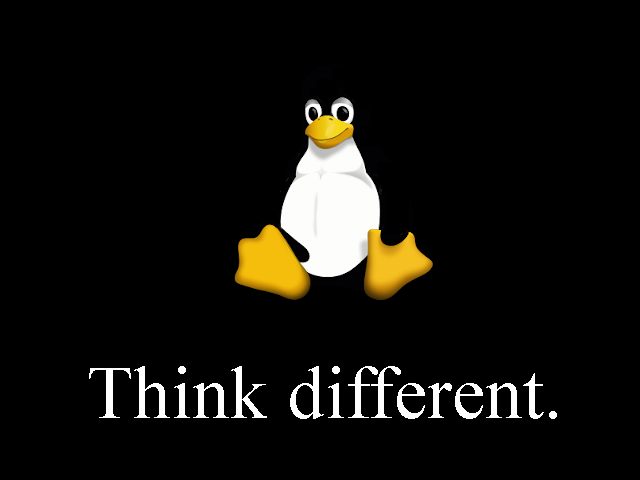By Andy Haas, an experimental particle physics professor: as.nyu.edu/content/nyu-as/as/faculty/andy-haas.html What an awesome dude!
To use a prebuilt firmware, you can just use What that does is:
uflash, tested on Ubuntu 22.04:git clone https://github.com/bbcmicrobit/micropython
cd micropython
git checkout 7fc33d13b31a915cbe90dc5d515c6337b5fa1660
uflash examples/led_dance.py- convert the MicroPython code to bytecode
- join it up with a prebuilt firmware that ships with uflash which contains the MicroPython interpreter
- flashes that
To build your own firmware see: Compile MicroPython code for Micro Bit locally on Ubuntu 22.04 with your own firmware
Many/most microcontroller boards have analog-to-digital converters built into them, it is very convenient. E.g. it is the case for the Raspberry Pi Pico.
Includes its own copy of sqlite3, you don't use the system one, which is good to ensure compatibility. The version is shown at: github.com/mapbox/node-sqlite3/blob/918052b538b0effe6c4a44c74a16b2749c08a0d2/deps/common-sqlite.gypi#L3 SQLite source is tracked compressed in-tree: github.com/mapbox/node-sqlite3/blob/918052b538b0effe6c4a44c74a16b2749c08a0d2/deps/sqlite-autoconf-3360000.tar.gz horrendous. This explains why it takes forever to clone that repository. People who don't believe in git submodules, there's even an official Git mirror at: github.com/sqlite/sqlite
It appears to spawn its own threads via its C extension (since JavaScript is single threaded and and SQLite is not server-based), which allows for parallel queries using multiple threads: github.com/mapbox/node-sqlite3/blob/v5.0.2/src/threading.h
Hello world example: nodejs/node-sqlite3/index.js.
As of 2021, this had slumped back a bit, as maintainers got tired. Unmerged pull requests started piling more, and
better-sqlite3 Node.js package started pulling ahead a little.- github.com/mapbox/node-sqlite3/issues/1381
FATAL ERROR: Error::ThrowAsJavaScriptException napi_throwwith Node.jsworker_threadsvsbetter-sqlite3Node.js package github.com/JoshuaWise/better-sqlite3/issues/237
Of course, this only made sense when Apple was more of an underdog to IBM, and Ciro Santilli greatly admires their defiance of the norm.
As of 2020 however, Apple is kind of on the top of the mobile world, and Think different simply makes no sense anymore, notably because it relies on closed source offline software used by millions.
it's Popular Now It Sucks comes to mind.
This is a trap every company that prides itself on it's "alternative culture" sets for itself. If they succeed, they could become the norm.
1976 Think different. 2011 Think mainstream
. Cropped from wallpapersafari.com/w/RqYUEj.1984 Macintosh advertisement by Apple (1984)
Source. This ad suggests that Apple was the new thinker that would destroy IBM, as Steve Jobs said it himself when introducing the ad: www.youtube.com/watch?v=zlQvMp5rB6g. And then Apple became IBM in the 2000's starting with the launch of the iPod and then leading up to the iPhone.This idea also comes up in other sources of course.
TODO clear attribution source:
Some people say, "Give the customers what they want." But that's not my approach. Our job is to figure out what they're going to want before they do. I think Henry Ford once said, "If I'd asked customers what they wanted, they would have told me, 'A faster horse!'" People don't know what they want until you show it to them. That's why I never rely on market research. Our task is to read things that are not yet on the page.
The japanese name literally means:
- 富士 fushi, from Mount Fuji, which itself has unknown origin
- 通 tong: telecommunications
Pinned article: Introduction to the OurBigBook Project
Welcome to the OurBigBook Project! Our goal is to create the perfect publishing platform for STEM subjects, and get university-level students to write the best free STEM tutorials ever.
Everyone is welcome to create an account and play with the site: ourbigbook.com/go/register. We belive that students themselves can write amazing tutorials, but teachers are welcome too. You can write about anything you want, it doesn't have to be STEM or even educational. Silly test content is very welcome and you won't be penalized in any way. Just keep it legal!
Intro to OurBigBook
. Source. We have two killer features:
- topics: topics group articles by different users with the same title, e.g. here is the topic for the "Fundamental Theorem of Calculus" ourbigbook.com/go/topic/fundamental-theorem-of-calculusArticles of different users are sorted by upvote within each article page. This feature is a bit like:
- a Wikipedia where each user can have their own version of each article
- a Q&A website like Stack Overflow, where multiple people can give their views on a given topic, and the best ones are sorted by upvote. Except you don't need to wait for someone to ask first, and any topic goes, no matter how narrow or broad
This feature makes it possible for readers to find better explanations of any topic created by other writers. And it allows writers to create an explanation in a place that readers might actually find it.Figure 1. Screenshot of the "Derivative" topic page. View it live at: ourbigbook.com/go/topic/derivativeVideo 2. OurBigBook Web topics demo. Source. - local editing: you can store all your personal knowledge base content locally in a plaintext markup format that can be edited locally and published either:This way you can be sure that even if OurBigBook.com were to go down one day (which we have no plans to do as it is quite cheap to host!), your content will still be perfectly readable as a static site.
- to OurBigBook.com to get awesome multi-user features like topics and likes
- as HTML files to a static website, which you can host yourself for free on many external providers like GitHub Pages, and remain in full control
Figure 2. You can publish local OurBigBook lightweight markup files to either OurBigBook.com or as a static website.Figure 3. Visual Studio Code extension installation.Figure 5. . You can also edit articles on the Web editor without installing anything locally. Video 3. Edit locally and publish demo. Source. This shows editing OurBigBook Markup and publishing it using the Visual Studio Code extension. - Infinitely deep tables of contents:
All our software is open source and hosted at: github.com/ourbigbook/ourbigbook
Further documentation can be found at: docs.ourbigbook.com
Feel free to reach our to us for any help or suggestions: docs.ourbigbook.com/#contact








